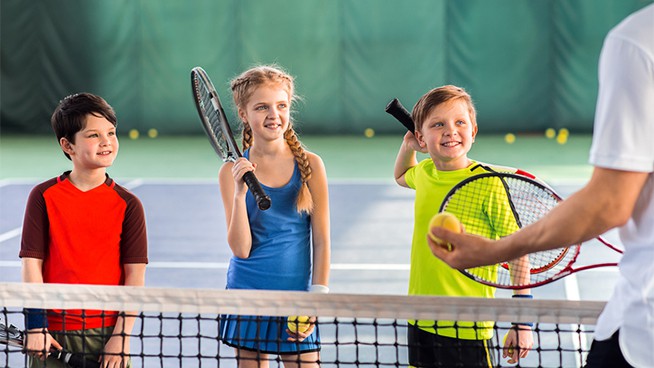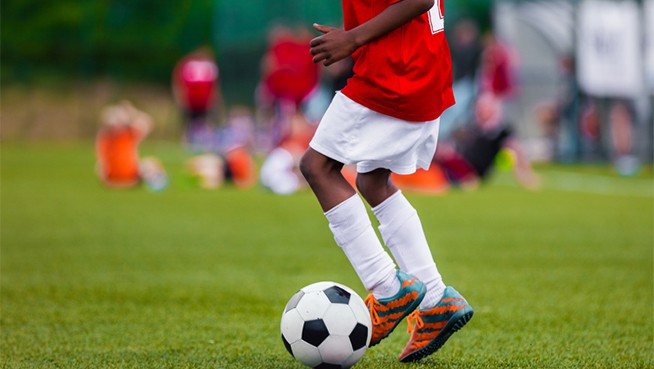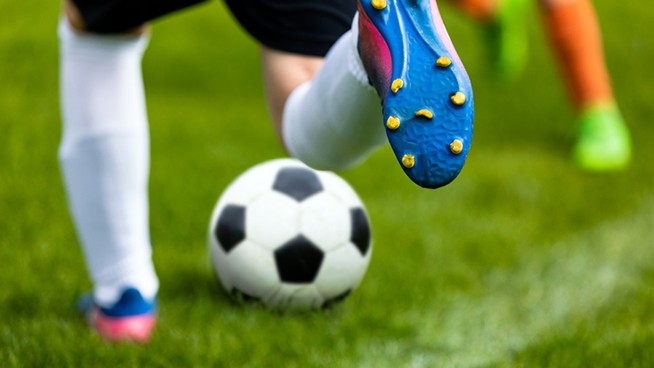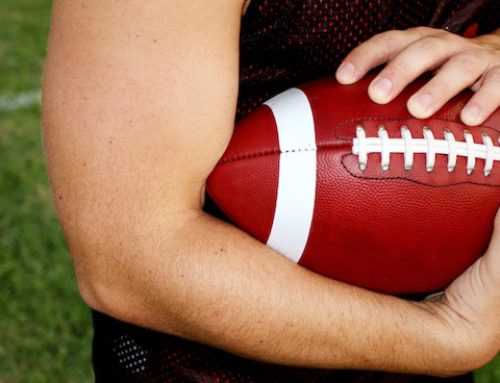Why All Athletes Should Try Ping Pong
A few years ago, I was pretty good at table tennis (or ping pong—whatever you want to call it). My brother and I could rally back and forth at a fast pace with tons of spin and return difficult shots with relative ease.
OK. Enough tooting my own horn. I promise there’s a point to the story.
I don’t play table tennis nearly as much as I used to—maybe once or twice a year. When I do have the opportunity to play, it feel like easy shots are traveling at 1,000 mph. I can’t react to nearly as many balls or consistently hit as many shots.
This got me thinking. Could an athlete play table tennis to improve his or her reaction time in other sports? Let’s investigate.
Table Tennis and Reaction Time
According to ProTableTennis.net, the average table tennis shot travels at 25 mph and crosses the table in .25 seconds. Harder shots can travel at speeds above 60 mph. Granted, you can take a few steps back from the table to give yourself more time to react, but it’s still extremely fast. Just watch this highlight of an incredible table tennis rally.
[youtube video=”LOynR3gj8rE” /]To give you some perspective, it takes about .4 seconds for a 90-mph fastball to reach home plate. Although the table tennis ball doesn’t travel nearly as fast, the short distance gives you less time to react.
According to two studies (study 1 and study 2), average reaction time to a visual stimulus is about .3 seconds. Some some individuals have faster or slower reaction times. Even an average table tennis shot tests the limits of how long it takes a person to see something, make a decision and act on that decision.
A 2013 study found that table tennis players exhibit excellent reaction time, leading the researchers to conclude: “These results support the view that playing table tennis is beneficial to eye-hand reaction time, improved concentration and alertness.”
RELATED: Improve Eye Focus With This Vision Training Skill
Other Benefits of Table Tennis
A table tennis ball is only 40mm in diameter. To make consistent contact with the ball, you need to keep your eyes locked on it until it strikes your paddle. This challenges your ability to sync the location of the paddle to the trajectory of the ball, building hand-eye coordination.
However, the only way you can react to a table tennis shot is with some form of anticipation. Based on the location of your shot, the position of your opponent and the type of swing he or she uses, you get an idea of where the next shot is coming—although this doesn’t always work out because deception is part of the game. The fast pace encourages you to read your opponent and know what’s coming before it happens.
Based on your assessment of the situation, you select the type of shot you’re going to hit and where to stand defensively in a split second. The faster you make a correct decision, the more points you will win.
The ability to return tough shots and hit crosscourt topspin winners won’t help you catch more passes in football. But consider the overarching theme of these benefits: hand-eye coordination, anticipation and decision-making. Each of these skills is essential in nearly all sports. So challenging the skills at extreme speeds might translate to the sport you play.
Is Table Tennis a Trojan Horse for Sports Performance?
Not likely. You need to play your sport and gain experience with its unique situations to get better. And you need to be fairly good at table tennis to get any benefit. You can’t just tap the ball back and forth and expect to improve your reaction time.
But, if you want to choose something fun to play in your spare time, something that might also improve your athletic performance, table tennis is a good bet. It’s an easy way to challenge your reaction time and other sports skills without crazy-expensive equipment. Many performance training facilities have table tennis so athletes can play during their downtime.
The key is to learn the basic skills so you can play at a fairly fast pace and make consistent shots. I found the PingSkills YouTube channel incredibly helpful when I was learning to play.
RECOMMENDED FOR YOU
MOST POPULAR
Why All Athletes Should Try Ping Pong
A few years ago, I was pretty good at table tennis (or ping pong—whatever you want to call it). My brother and I could rally back and forth at a fast pace with tons of spin and return difficult shots with relative ease.
OK. Enough tooting my own horn. I promise there’s a point to the story.
I don’t play table tennis nearly as much as I used to—maybe once or twice a year. When I do have the opportunity to play, it feel like easy shots are traveling at 1,000 mph. I can’t react to nearly as many balls or consistently hit as many shots.
This got me thinking. Could an athlete play table tennis to improve his or her reaction time in other sports? Let’s investigate.
Table Tennis and Reaction Time
According to ProTableTennis.net, the average table tennis shot travels at 25 mph and crosses the table in .25 seconds. Harder shots can travel at speeds above 60 mph. Granted, you can take a few steps back from the table to give yourself more time to react, but it’s still extremely fast. Just watch this highlight of an incredible table tennis rally.
[youtube video=”LOynR3gj8rE” /]To give you some perspective, it takes about .4 seconds for a 90-mph fastball to reach home plate. Although the table tennis ball doesn’t travel nearly as fast, the short distance gives you less time to react.
According to two studies (study 1 and study 2), average reaction time to a visual stimulus is about .3 seconds. Some some individuals have faster or slower reaction times. Even an average table tennis shot tests the limits of how long it takes a person to see something, make a decision and act on that decision.
A 2013 study found that table tennis players exhibit excellent reaction time, leading the researchers to conclude: “These results support the view that playing table tennis is beneficial to eye-hand reaction time, improved concentration and alertness.”
RELATED: Improve Eye Focus With This Vision Training Skill
Other Benefits of Table Tennis
A table tennis ball is only 40mm in diameter. To make consistent contact with the ball, you need to keep your eyes locked on it until it strikes your paddle. This challenges your ability to sync the location of the paddle to the trajectory of the ball, building hand-eye coordination.
However, the only way you can react to a table tennis shot is with some form of anticipation. Based on the location of your shot, the position of your opponent and the type of swing he or she uses, you get an idea of where the next shot is coming—although this doesn’t always work out because deception is part of the game. The fast pace encourages you to read your opponent and know what’s coming before it happens.
Based on your assessment of the situation, you select the type of shot you’re going to hit and where to stand defensively in a split second. The faster you make a correct decision, the more points you will win.
The ability to return tough shots and hit crosscourt topspin winners won’t help you catch more passes in football. But consider the overarching theme of these benefits: hand-eye coordination, anticipation and decision-making. Each of these skills is essential in nearly all sports. So challenging the skills at extreme speeds might translate to the sport you play.
Is Table Tennis a Trojan Horse for Sports Performance?
Not likely. You need to play your sport and gain experience with its unique situations to get better. And you need to be fairly good at table tennis to get any benefit. You can’t just tap the ball back and forth and expect to improve your reaction time.
But, if you want to choose something fun to play in your spare time, something that might also improve your athletic performance, table tennis is a good bet. It’s an easy way to challenge your reaction time and other sports skills without crazy-expensive equipment. Many performance training facilities have table tennis so athletes can play during their downtime.
The key is to learn the basic skills so you can play at a fairly fast pace and make consistent shots. I found the PingSkills YouTube channel incredibly helpful when I was learning to play.











